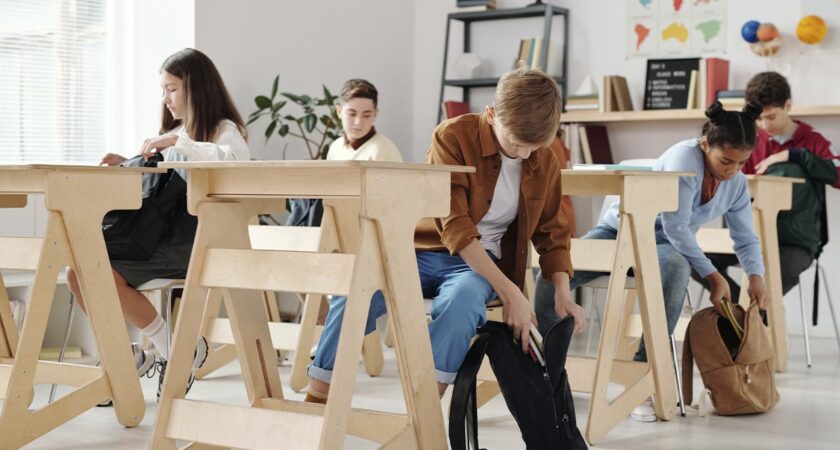An explosion, earthquake, car accident, gas leak, fire, military invasion – these are situations that are usually difficult to talk about with children. However, it is too late to explain to them what to do when it has already happened.
SAFETY SUPERHEROES
It is important to talk to children about emergencies, in particular, so that the information they may receive during the emergency itself does not shock or traumatize them. Preparation makes the child’s stress “expert” and takes him or her and the adult out of the state of traumatic helplessness and vulnerability. By explaining, we counteract anxiety with productive actions.
It is important to start the conversation when the whole family is together. You can sit in a circle so that everyone can see each other and be included in the conversation, and attention is evenly distributed among all family members.
First of all, adults should emphasize that they are talking about safety not because something dangerous is going to happen, but to “train the ‘safety muscle'”. This is necessary to feel strong in any difficult situation and to feel protected.
It is important that adults speak calmly and slowly, observing how children’s postures and reactions change. It is better to hug or hold the hand of younger children. You should also give children the opportunity to react to what is said.
You can appoint children as “safety superheroes” to make the conversation less intimidating. Yes, it is important to talk about your childhood. Like, when you, adults, were children, you were not yet “safety superheroes”. You had a difficult experience of danger, coped with it, but you were not ready, never trained and did not know how to act in such situations. Therefore, you wasted important time and energy. However, it would have been easier to cope if we had known some rules. You really hope that children will never need this knowledge, but all superheroes should know it.
Next, you need to legitimize the child’s fear and say:
“I sometimes get scared when I see a fire in cartoons and movies or when I think about an earthquake. That is, when I think that something can threaten us.
But I am an adult
and I have a lot of knowledge and strength.
And it is also important that we are together!
We know the rules and we can handle everything.”
WHAT TO TALK ABOUT WITH CHILDREN AND IN WHAT FORM
Algorithm for preparing for a conversation:
Explain the theory and why it is important to know it.
Involve them in a game – training.
We consolidate knowledge in a training action.
The conversation should not be long. All the proposed topics can be divided into 3-4 sessions (stages) of “safety superheroes”.
The first stage. What is safety?
First of all, a child of any age should be asked what safety is. Then, together with a child of 3 years old, you can come up with an ideal protected (perhaps imaginary) space. And then draw or sculpt it.
The second stage. How can we take care of safety?
We remind a child from the age of 3: we follow and know the rules of the road, how to get into an elevator, do not open doors for strangers, wash our hands after a walk, before eating, wear a mask during quarantine, do not go anywhere with strangers, check electrical appliances, turn off gas and water when we go on vacation.
Stage 3. Putting knowledge into action
With a child from the age of 3, you can consolidate knowledge in the following ways:
Walking around the house and exploring what needs to be hidden in the closet, whether the shelves and racks are well fixed, whether the vase will fall, etc.
Adults or children give a signal and all together imitate what to do in this case. At first, the sounds should be quiet or funny, and gradually they should be louder (fire, earthquake, alarm). Children themselves can signal with a loud and unpleasant sound.
Next, you need to collect the “safety suitcase” (alarm suitcase) and go to a safe place of your choice. It is important that an adult supports children, tells them what to do (take a flashlight, phone, hold an adult’s hand, check if the lights are off, etc.), emphasizes what the child is doing well, and does not rush them.
